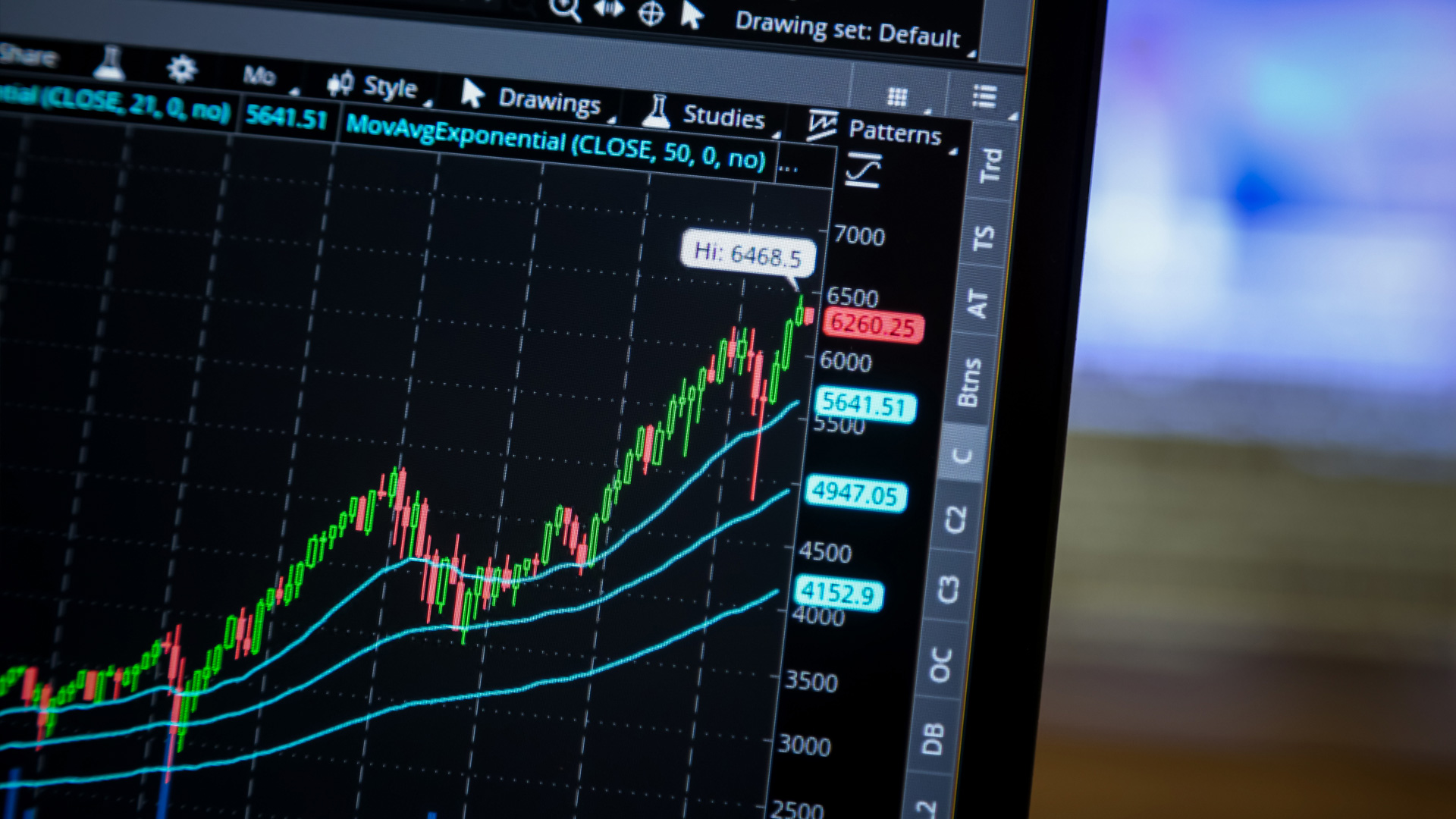S&P 500 companies totalling $20 trillion in market cap have medium-to-high AI exposure — concerns of an impending bubble collapse extend to almost half of the index

Almost half of all S&P 500 companies have a medium-to-high exposure to AI, according to estimates from Citigroup strategists, via Reuters. Collectively, those companies represent over $20 trillion in market capitalization, much of it driven by the recent excitement and rush to invest in AI as the next big thing. But there are more than whispers of a bubble forming, and with such great investment from the top companies, any sign of that bubble bursting could have catastrophic effects on those investors and the market as a whole.
Over the past year, we've seen an incredible revolution in AI infrastructure investment. Following Nvidia's call to build half a trillion dollars' worth of "AI factories" around the world, we've seen hundreds of billions of dollars invested (often in circular fashion) in a range of companies and countries. These investments prop up the valuation of the businesses involved, leading to new highs for the likes of Nvidia and Oracle. But in a rush to draw in investment, these companies have now exposed hundreds of the top firms to the risks of this new and largely unproven venture.
"So much of what is holding up the markets is either directly or indirectly related to that trade," said Yung-Yu Ma, chief investment strategist at PNC Financial Services Group, via Reuters.
Although there's clearly huge potential for investment, none of the major AI companies have shown it as a profitable venture to date. OpenAI, the most well-known AI company behind ChatGPT, is predicting revenue in the low double-digit billions this year and expects to make a loss for several more years. Although it's not uncommon for major companies to operate at a loss for some time, the cash burn of OpenAI and others has been on a whole new scale.
The problem comes if profit has been priced into the investments. Although some will be aware that it will be some time before they see a return on it, many will be expecting the revolution that OpenAI and so many other AI companies have promised. Sweeping upheavals in employment, rapid gains in efficiency and productivity, new business models and products for the potential billions of users all over the world.
But none of that is happening yet. In the absence of a profitable business model, if investors stop stoking the fires of the AI hype train, it's not clear how far the track can run before the wheels completely fall off. If and when that happens, it'll take a lot more than just a few AI companies with it.

Follow Tom's Hardware on Google News, or add us as a preferred source, to get our latest news, analysis, & reviews in your feeds.
Get Tom's Hardware's best news and in-depth reviews, straight to your inbox.

Jon Martindale is a contributing writer for Tom's Hardware. For the past 20 years, he's been writing about PC components, emerging technologies, and the latest software advances. His deep and broad journalistic experience gives him unique insights into the most exciting technology trends of today and tomorrow.